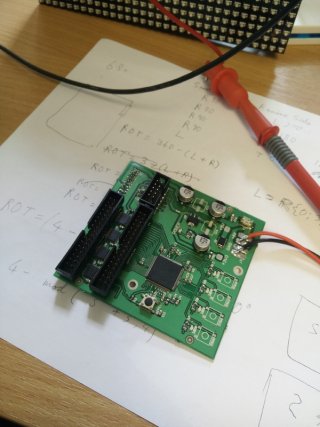Hey guys, this maybe well out of the scope of this forum but I figured I'll ask it anyway.
I'm looking to output data, around 28 bits, from Linux in realtime. It is important the timing is accurate down to ~2MHz (500ns).
Does anyone have any solutions on how to do this, be it an external peripheral or a specific board
I've tried desperately to get the Raspberry Pi 3 to do it but there's very large jitter. I'm running a custom Preempt Rt Kernal with dedicated cores and CPU clock cycle counting. Still no such luck!
Now the Beaglebone Black enchanced has 2 real time processors in it which would do the job but they don't have enough GPIO pins mapped out to be used. I've been looking around and Ti do something called OMAP (Open Multimedia Applications Platform). Now these look good because they have a main A9 core with two Mx cores for the realtime stuff. Although I can't seem to find a board with enough GPIO routed to it
Any ideas on a solution would be greatly appreciated
I'm looking to output data, around 28 bits, from Linux in realtime. It is important the timing is accurate down to ~2MHz (500ns).
Does anyone have any solutions on how to do this, be it an external peripheral or a specific board
I've tried desperately to get the Raspberry Pi 3 to do it but there's very large jitter. I'm running a custom Preempt Rt Kernal with dedicated cores and CPU clock cycle counting. Still no such luck!
Now the Beaglebone Black enchanced has 2 real time processors in it which would do the job but they don't have enough GPIO pins mapped out to be used. I've been looking around and Ti do something called OMAP (Open Multimedia Applications Platform). Now these look good because they have a main A9 core with two Mx cores for the realtime stuff. Although I can't seem to find a board with enough GPIO routed to it
Any ideas on a solution would be greatly appreciated
Last edited:


